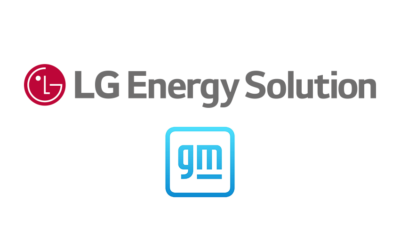Polymer electrolytes are considered as the next-generation solid battery materials with low cost and easy manufacturing. However, they have lower ionic conductivity compared to oxide and sulfide-based electrolytes, which means they typically operate only at high temperatures of 70-80°C. Overcoming this limitation is one of the key challenges in the field.
SK On develops polymer electrolytes for lithium metal batteries
June 17, 2024










